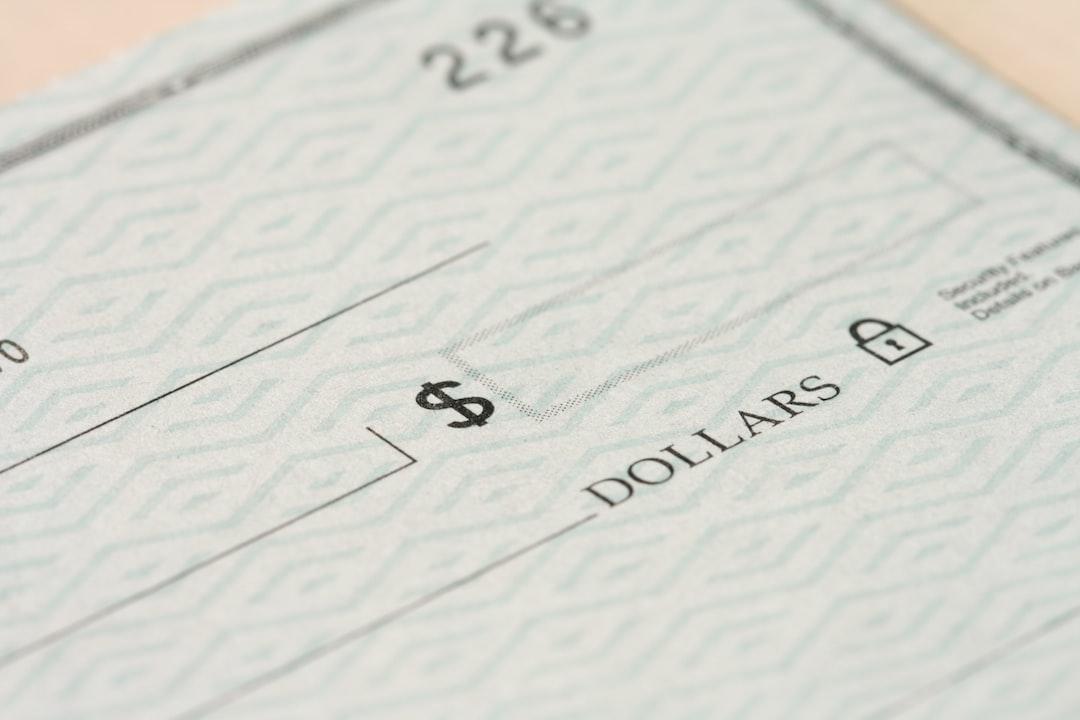Disclaimer: The opinions expressed in this article are solely those of the author and do not reflect the views of the editorial team at crypto.news.
The integration of traditional real-world assets, known as RWA, into blockchain technology has been a topic of discussion for some time. Large institutional players such as Euroclear and Goldman Sachs have been exploring tokenization as a means to reduce transaction fees, execution time, and database management costs, as well as streamline provenance and proof-of-ownership processes.
In 2023, we witnessed a significant shift from theory to practice in the tokenization of real-world assets. The private credit market, which had been impacted by the Terra-Luna collapse in 2022, saw a 60% recovery, with the automotive sector emerging as the primary beneficiary of tokenized private credit (42% in 2023). A notable development was the introduction of tokenized treasuries, a new type of RWA product that aims to challenge stablecoins as the largest share of RWA. With retail and institutional investors showing interest and a seven-fold increase in volume, tokenized treasuries are bringing stability to blockchain, marking a significant milestone in RWA tokenization.
Technological advancements in blockchain have focused on optimizing transactions for efficiency, security, and scalability. Layer-2 solutions like zero-knowledge proofs and optimistic rollups have increased blockchain throughput, reduced transaction times, and stabilized gas fees. Additionally, cross-chain communication projects have enhanced interoperability, adding value to the web3 ecosystem.
New services like Maple, Centrifuge, and Backed have leveraged concepts from decentralized finance (DeFi) to facilitate the tokenization of traditional financial assets. These platforms allow users to invest in real-world corporate bonds, access private credit opportunities, and engage in tokenized borrowing with institutional lenders. In early 2023, Ondo Finance introduced the Ondo Short-Term US Government Bond Fund (OUSG), offering investors a tokenized version of BlackRock’s iShares Short Treasury Bond ETF (NASDAQ: SHV). This marked the beginning of the rise of tokenized US Treasuries.
The year 2023 saw a significant increase in the integration of real-world assets into decentralized finance (DeFi), with tokenized US government short-term debt playing a crucial role. As the market dynamics shifted due to Federal Funds Rate hikes and changing yields across the crypto landscape, investors showed interest in risk-averse investments. The future of tokenized assets on blockchain hinges on regulatory clarity and infrastructure development to enable efficient access to tokenized asset markets.
Looking ahead to 2024, the continued adoption of tokenized treasuries is expected, with a focus on expanding the scope to include other asset classes like Sukuk. The potential tokenization of Sukuk, which provides a halal investment option for the Muslim community, could open up new opportunities in digital Islamic finance. Additionally, the stablecoin market is experiencing diversification, with gold-backed stablecoins gaining traction amid market volatility.
Overall, the tokenization of real-world assets has moved beyond its infancy stage, with 2024 poised to bring wider adoption and innovation in the market. Tokenized Treasuries are expected to remain a key focus, while competition and advancements in Sukuk, fiat, and gold-backed stablecoins are on the horizon.

